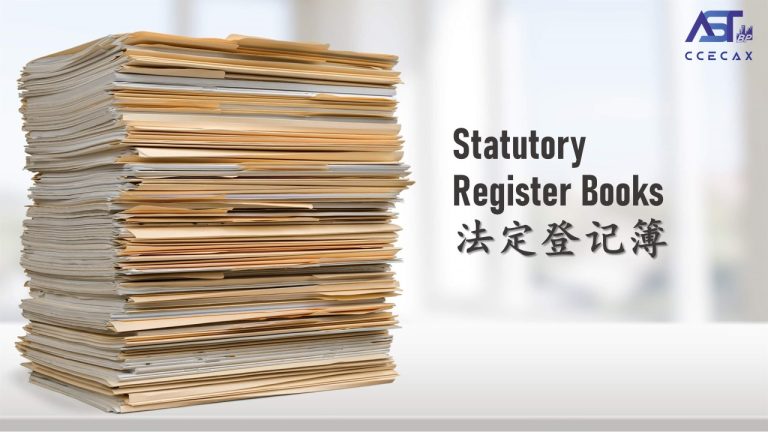HIRE PURCHASE
July 19, 2024
bp-ast
Hire Purchase
Definition :
Hire purchase is a form of finance. Essentially you have bought the item and used a loan (from the finance company) to pay for it.
Accounting for Hire Purchase :
For accounting point of view both hire purchase and instalment payment system are same. Before accounting, we should know following things :-
a) Cash price is that price which will be paid if any asset is purchased on cash without installment
b) Hire price = Cash price + Interest for risk of giving asset on instalment
c) Down payment = Payment at the beginning of deal of hire purchase
Benefits of Hire Purchase:
Kind to your cash flow
Access High – Spec Assets
Lower Interest Than Other Funding Options
It is possible to claim capital allowance against taxes




